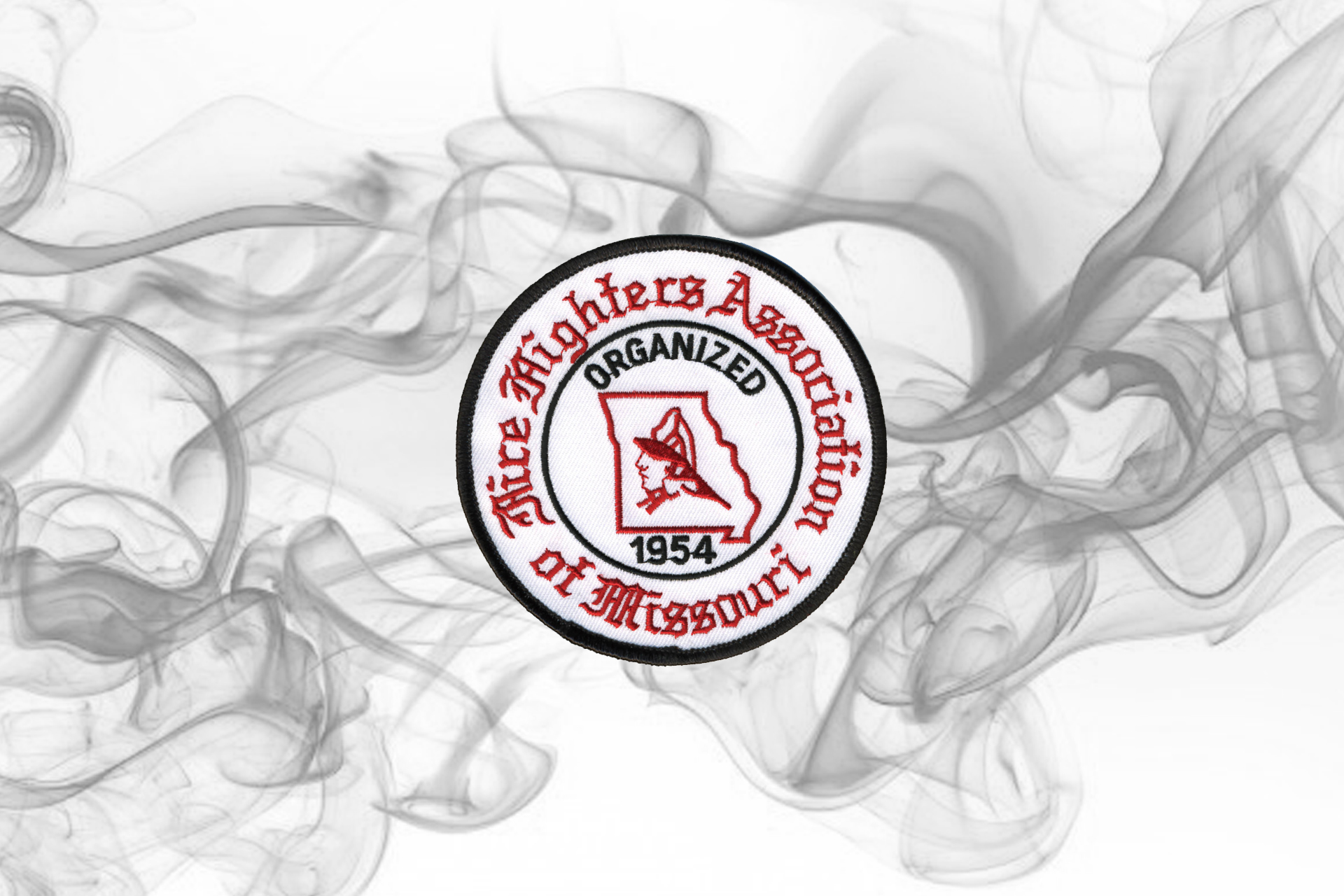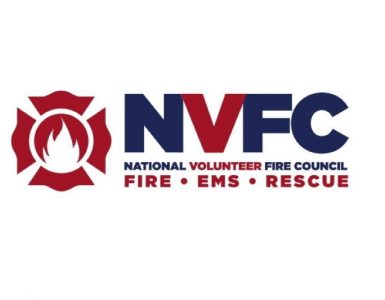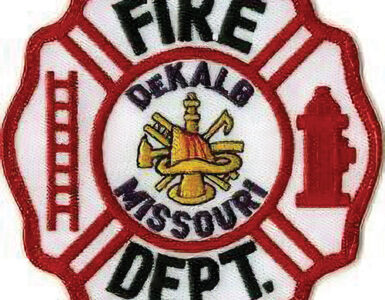As a personal trainer and health coach, my job is to help clients become healthier and stronger. As an orthopedic specialist, my job is to help clients rehab from injuries. As a senior fitness specialist, my job is to help my mature clients remain as independent as possible. And as a guest instructor for the Columbia Fire Department Fire Academy, my job is to create the physical training program and administer physical training workouts for the new recruits.
I am incredibly lucky. I get the opportunity to use my skills and talents to help our local fire academy recruits and our on-shift personnel to become and, hopefully, remain fit. I attempt to motivate movement and inspire a desire to make wiser food choices, both on and off-shift. I can create workouts and pass them along. I can create on-shift challenges and monitor their implementation. I can show up at a station and take someone through a one-on-one training session to insure safety and proper form. I can do all of those things. But if the recipients of these “gifts” don’t see the benefits or understand their necessity, they are wasted.
Fitness in the fire service is beginning to gain traction. Younger generations, Millennials, are putting more of an emphasis on their own personal fitness. So as younger recruits enter departments, they are beginning to alter the stagnant sedentary norm. Data collected by Goldman Sachs shows that Millennials consider wellness a daily, active pursuit. Most Millennials are exercising more, eating smarter and smoking less than previous generations. They are tracking their training on applications and using online information to find the healthiest foods. Source: goldmansachs.com/our-thinking/pages/millennials/
We are also seeing a shift to physical fitness is based on research. In 2004, Deborah Pendergast of the East Derry, NH fire department wrote a paper. The purpose of her research was: 1) to investigate the causes and effects of stress on today’s firefighters; 2) to study the impact that stress has on the incidence of cardiovascular disease (CVD) and to investigate what elements needed to be present in a comprehensive health and wellness program to reduce the effects of stress on the members of their fire department. Source: The Leading Cause of Death of American Firefighters in the 21st Century: A study of the Impact of Occupational Stress on Cardiovascular Disease by Deborah A. Pendergast, East Derry Fire Department, East Derry, New Hampshire; 9/2004
Her recommendations included a comprehensive health and wellness program using NFPA Standards as guidelines, to track the health of firefighters, to give them opportunities for physical fitness training, stress education and stress management.
As you know, NFPA collects data annually on all firefighter fatalities in the U.S. The NFPA has several standards that focus on the health risks to firefighters. NFPA 1582, Standard on Comprehensive Occupational Medical Program for Fire Departments, outlines for fire departments the medical requirements that must be met by candidate firefighters and incumbent fire department members. NFPA 1500, Standard on Fire Department Occupational Safety and Health Program, calls for fire departments to establish a firefighter health and fitness program that meets NFPA 1583, Standard on Health-Related Fitness Programs for Fire Department Members, and requires that firefighters meet the medical requirements of NFPA 1582. The Heart-Healthy Firefighter Program was launched in 2003 to address heart attack prevention for all firefighters and EMS personnel, through fitness, nutrition and health awareness.
As a fitness expert, I recommend that my clients perform 30 minutes of aerobic exercise a minimum of 4 times per week, but I encourage 45 – 60 minutes 5 – 6 times per week. If the exercise is no longer challenging or stimulating, it can become easy to get bored and stop. The best way to counteract this is to find something new or challenging, or simply increase the intensity of your workout.
A general rule of thumb for gauging your aerobic exercise intensity is to get your heart rate (HR) into your target zone. The simplest method of determining your target heart rate is subtracting your age from 220, which gives you your estimated maximum heart rate. You need to raise your heart rate between approximately 60 and 85 percent of this number. For example, if you are 35, your approximate maximum heart rate would be 185. Your goal would be to keep your pulse between 111 and 157. If your intensity stays at the lower end of this range, you would be in a more calorie-burning and basic health-improvement range. If you work at the higher end, you will see more rapid improvements to your current fitness level.
As I stated earlier, my job is to train, motivate, coach and inspire. All aspects of my life are focused around health and fitness. I try to educate others on the importance of fitness for living a better and, hopefully, longer life. I take my job very seriously. As, I’m sure, you do with yours. Your job, as firefighters, is to preserve life, reduce risk, provide humanitarian services and protect the environment in the most competent and effective manner. My job, with regards to firefighters, is to preserve your lives, reduce your personal risk and to protect You! And I love my job.

































